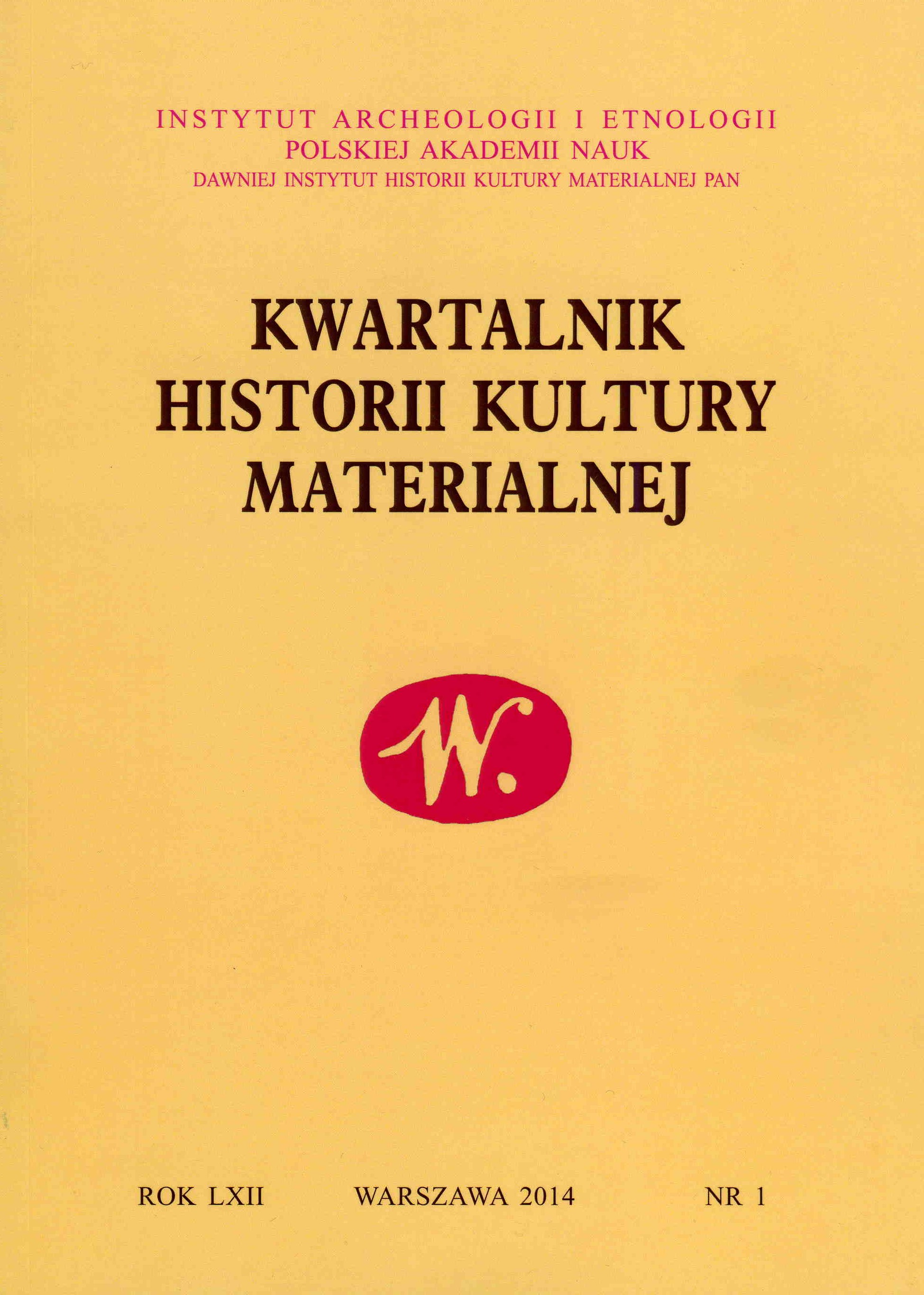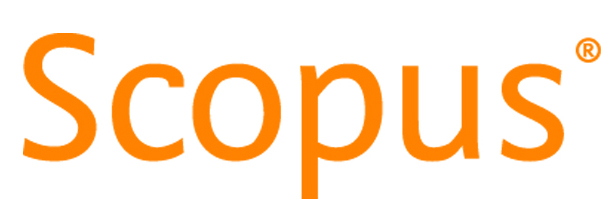A nineteenth-century bridge throught Lake Wlanowskie
Keywords:
19th c. -- Poland, Wilanowskie Lake (Warsaw, Poland), crossing, bridgesAbstract
The article explores the issue of communications across Lake Wilanowskie, in connection with John III Sobieski’s decision to build a garden-surrounded palace in Wilanów (earlier called Milanów). It presents an overview of the available cartographic and iconographic sources as well as court inventories. In the 19th c. the Wilanów palace passed into the ownership of the Potocki family, whose subsequent members reshaped the gardens, extending them and redesigning in the style of English romantic parks. Those changes resulted in establishing a park in Morysin, across Lake Wilanowskie. In order to integrate the new park with the palace complex it was necessary to provide communications through the lake. This was achieved by building a pontoon bridge. The article discusses its location, construction and dating in the light of the available sources and then presents the results of a surface and underwater examination of the site.The examination concerned the shoreline in the area indicated by the analysis of the sources; the historical plan was superimposed on a contemporary geodetic plan. Almost ex-actly where the western abutment was predicted to be the examination revealed a brick structure, probably remains of the nineteenth-century bridge. Nothing was found on the opposite shore. The underwater survey was conducted with a sonic depth finder which produced a profile of the lake’s bottom, supplemented with diving in those places where the apparatus signalled anoma-lies. Direct examination was impossible since visibility did not exceed five centimetres, while wire drag could not be used because of fallen boughs sunk in the lake. Diving did not disclose any remains of the bridge.Thus, the examination revealed a fragment of the abutment on the Wilanów shore of the lake, but - intriguingly - no structures on the Morysin shore or on the bottom of the lake. It is possible that those ‘missing’ parts of the construction were destroyed during renovation works after WW II, when the lake shore was regulated, which also affected the part of the structure that was discovered.
Downloads
References
Fijałkowski W. 2010. Z dziejów szpitala św. Aleksandra i domu doktora w Wilanowie. Studia Wilanowskie 17, 5-16.
Gajewski M. 1979. Urządzenia komunalne Warszawy, zarys historyczny. Warszawa.
Mączyński R. 2003. Wycieczka szkolna do muzeum w Wilanowie roku pańskiego 1821. Związki Stanisława Kostki z pijarskim konwiktem Collegium Nobilium. Studia Wilanowskie 14, 2-32.
Nesterow R., Sito J. 2010. Rezydencja i dobra wilanowskie w świetle materiałów archiwalnych z Biblioteki Czartoryskich w Krakowie (RKPS 11318 i 11358). Ad Villam Novam 3, 20-28.
Niewęgłowski A. 1984. Dwa cmentarzyska z okresu przedrzymskiego w Warszawie-Wilanowie. Rocznik Mazowiecki 8, 171-189.
Piber M.2001. Służew średniowieczny, dzieje parafii i wsi Służew w ziemi warszawskiej. Warszawa.
Sikora D. 2006. Objazd studialny po zabytkowych parkach Warszawy. In: Ochrona i użytkowanie zabytkowych parków, ogrodów, cmentarzy i innych form zaprojektowanej zieleni oraz ich promocja w środowisku społecznym. Warszawa, 178-210.
Starzyński J. 1976. Wilanów. Dzieje budowy Pałacu Jana III. Warszawa.
Żebrowski T. 2006. Kościół (X-XIII w.). In: H. Samsonowicz (ed.), Dzieje Mazowsza 1. Pułtusk, 184.
Downloads
Published
How to Cite
Issue
Section
License

This work is licensed under a Creative Commons Attribution-NonCommercial-NoDerivatives 4.0 International License.





 Publication co-financed by the Ministry of Science and Higher Education under the program "Support for scientific journals 2019-2020"
Publication co-financed by the Ministry of Science and Higher Education under the program "Support for scientific journals 2019-2020"








